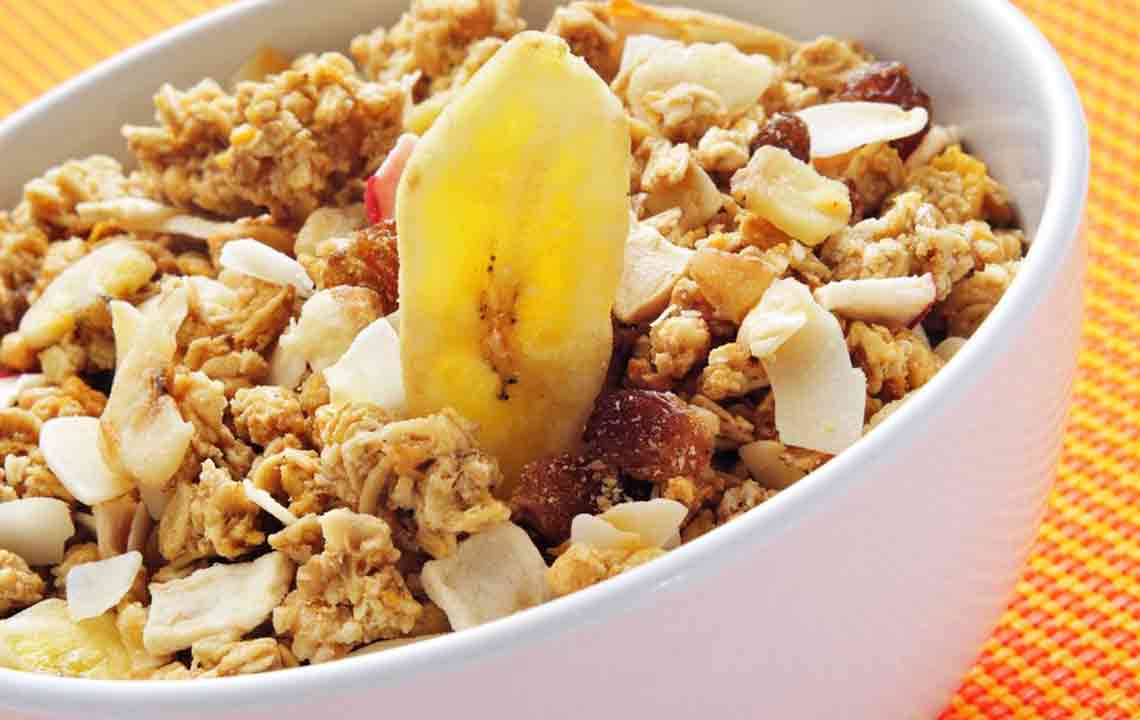9 High-Fiber Foods You Must Include in Your Diet
Carbohydrates, proteins, and fats are given high importance in most diet plans. However, fiber is an essential element which works at multiple levels to ensure good health. Some of the benefits of fibers are weight control, good bowel health, low cholesterol, and prevention of heart disease and diabetes. Dietary fiber is mainly found in fruits, vegetables, whole grains, and legumes.

Lentils: Lentils are the heroes of high-fiber foods and feature at the top of most lists of high-fiber foods. They are a rich source of fiber as well as proteins. This helps a person feel full and energetic for longer periods of time. Apart from dals, lentils can be creatively used in soups and salads. The component of fiber in 100 gms of boiled lentils is 8 gms (21% of the daily requirement).
Split peas: Split peas are a key fiber-rich food in this list of high-fiber foods. They help regulate blood sugar levels while providing a steady supply of energy and reduce cholesterol levels. They can be used to prepare soups and stews. The component of fiber in 100 gms of boiled split peas is 8 gms (21% of the daily requirement).
Navy beans: They are a very important element in this list of high-fiber foods. Navy beans, apart from being a rich source of fiber which aid in cholesterol control and blood sugar management, are also loaded with key vitamins and minerals. They can be used in a variety of dishes such as sandwich spreads, soups, salads, and with bruschetta. The component of fiber in 100 gms of boiled navy beans is 11 gms (29% of the daily requirement).
Kidney beans: Kidney beans feature prominently in a list of high-fiber foods as they are highly effective in lowering cholesterol, managing blood sugar levels, and improving heart health. They can be used in a variety of quick serving dishes such as salads, pies, sandwich fillings, Mexican cuisine, etc. The component of fiber in 100 gms of boiled kidney beans is 6 gms (16% of the daily requirement).
Chia seeds: Chia seeds are considered a super-food for their nutritional benefits and high-fiber content which make them feature on this list of high-fiber foods. They give an energy boost, improve skin health, and also increase bone strength. Chia seeds can be eaten raw or soaked. They can be ground and added to smoothies and pancakes. The component of fiber in 100 gms of chia seeds is 34 gms (89% of the daily requirement).
Flax seeds: These are power packed with fibers and feature prominently in this list of high-fiber foods for the variety of benefits they provide. They lead to weight loss, healthy skin, and hair and improve digestive health. They can be used in various ways ranging from smoothies, cereal toppings, and ground flax seeds can be used for baking bread, cookies, etc. The component of fiber in 100 gms of flax seeds is 27 gms (71% of the daily requirement).
Sunflower seeds: These are rich in proteins and fibers making them an important item in this list of high-fiber foods. They are excellent in aiding digestion and regulating blood sugar levels. These seeds can be used in a variety of ways such as salad dressing, ingredients of burger buns, and in baked goods such as bread, muffins, and cakes. The component of fiber in 100 gms of sunflower seeds is 12 gms (23% of the daily requirement).
Artichokes: Artichokes are the most fiber-rich vegetables on this list of high-fiber foods. They are particularly well known for improving liver health and solving problems such as indigestion, constipation, and diarrhea. In addition, artichokes can also control blood pressure, remove hangovers, and stimulate urination. This versatile vegetable can be used in a variety of ways such as dips, tarts, pasta, and salads. The component of fiber in 100 gms of artichokes is 5 gms (13% of the daily requirement).
Peas: Green peas are one of the most fiber-rich vegetables featured in this list of high-fiber foods. They are extremely beneficial and help in digestion, protection from cancer, heart disease, and diabetes. These can be eaten fresh or in a variety of dishes such as salads and in combination with carrots, mushrooms, and other vegetables. The component of fiber in 100 gms of peas is 5 gms (13% of the daily requirement).
The above list of high-fiber foods illustrates the variety of foods available to meet daily fiber requirements and how these foods can be easily incorporated into daily diets. Focus on including fiber-rich foods can make a big difference in leading a healthy, disease-free life without having to make compromises in one’s daily life.











